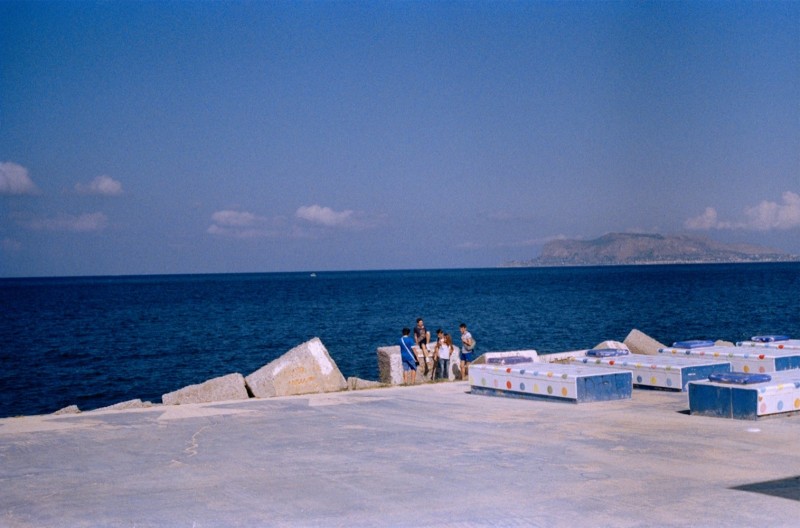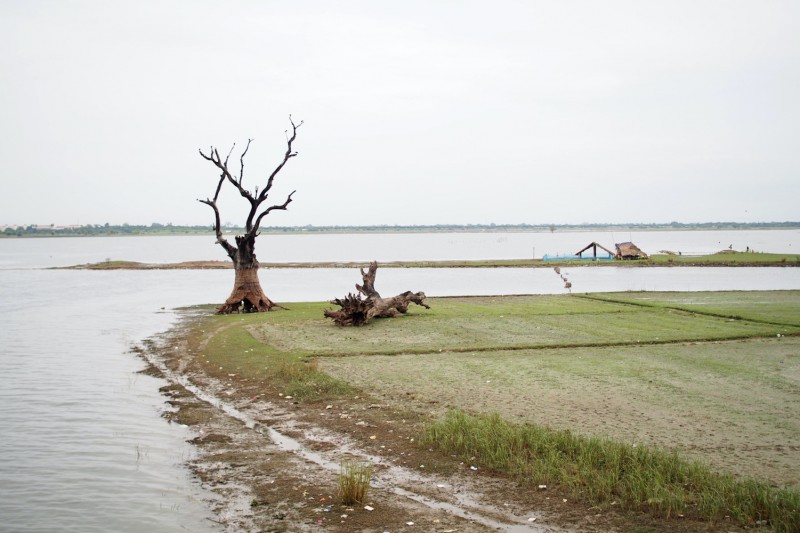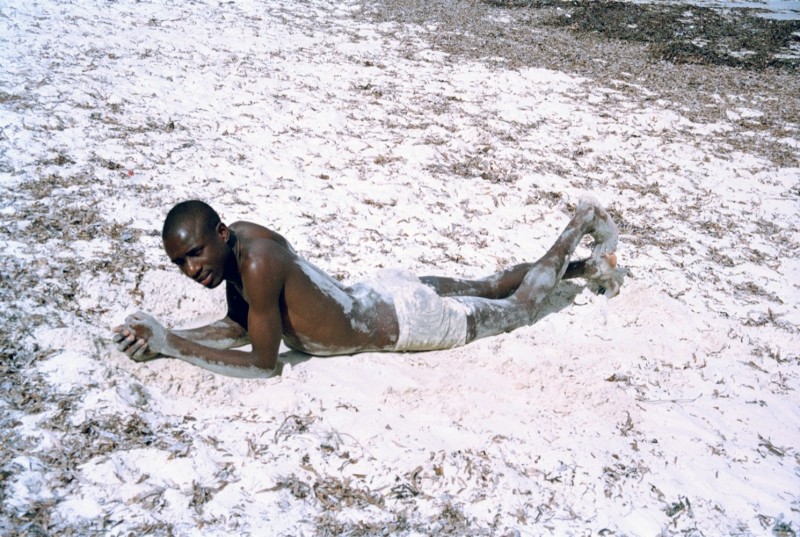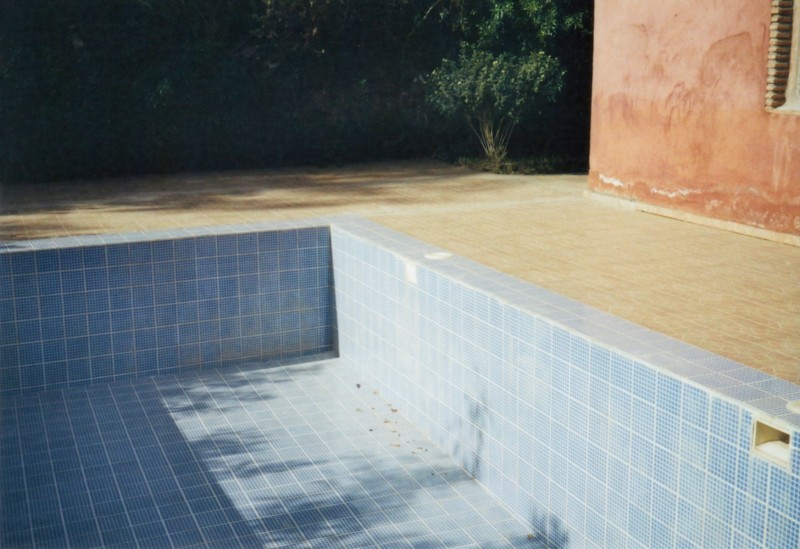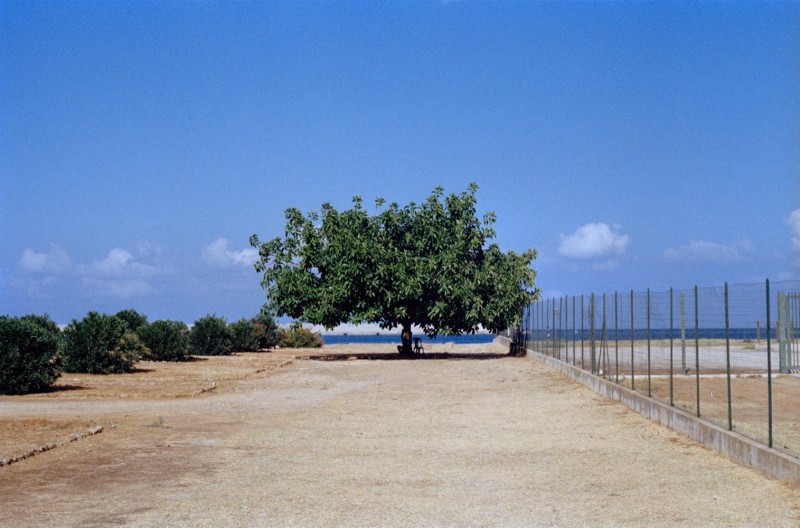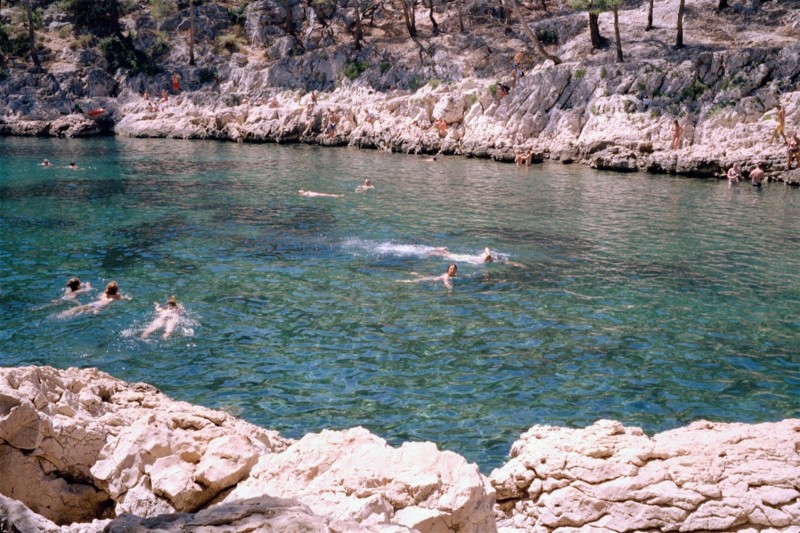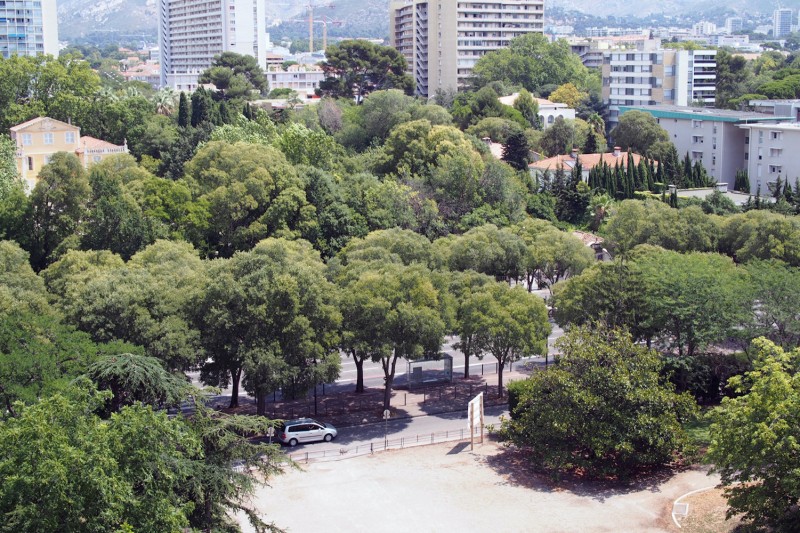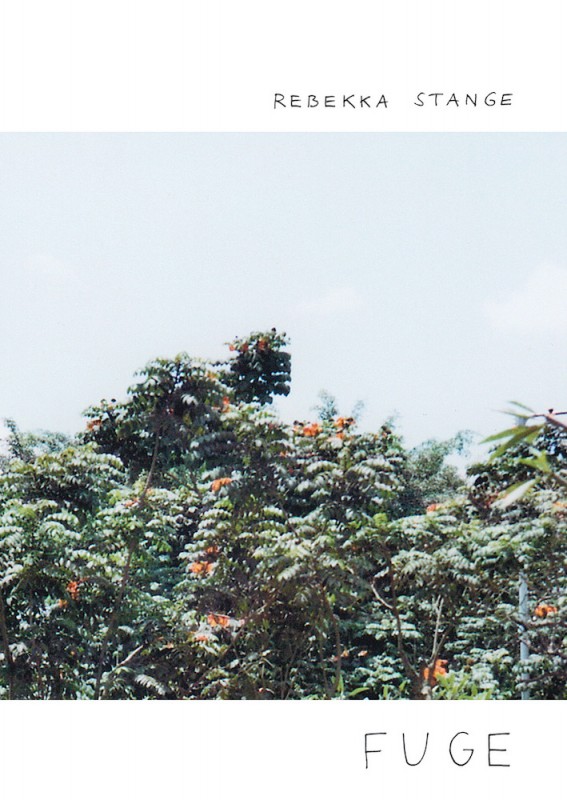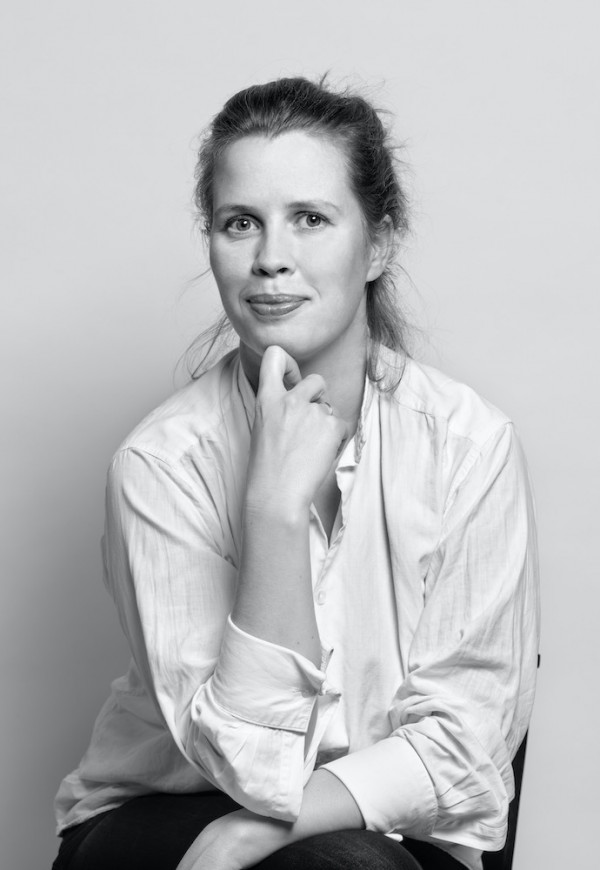Book tip: Fuge (Fugue)
Book tip: Fuge (Fugue)
Rebekka Stange
April 1, 2021
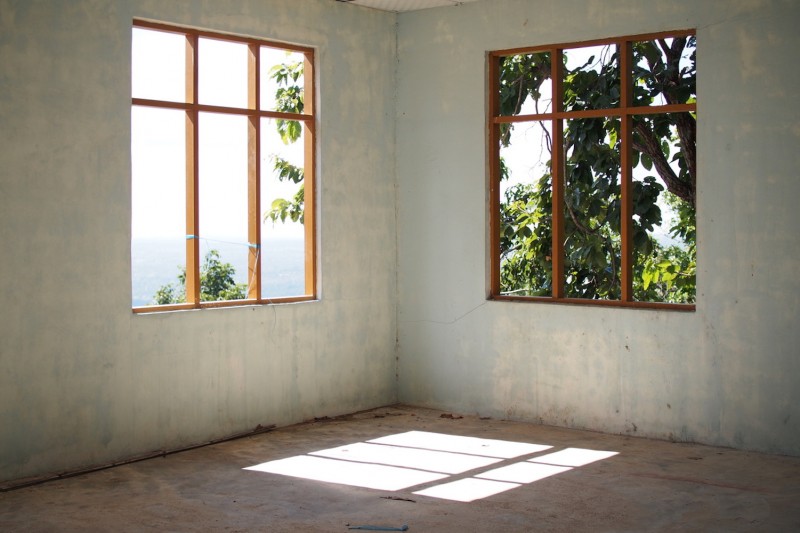
LFI: You work in various artistic fields. You have developed costumes for film and opera productions, and have designed carpets. What does photography mean to you?
Rebekka Stange: I discovered the medium of photography very early on, while I was studying Costume Design at the Berlin University of the Arts. I develop costumes, find the right cut for a person, wrap the item around them, and then capture the result in a photo, so that I can take time to examine and reflect, afterwards. These approaches and observations are made easier for me through the medium of photography. In Fuge, I deal poetically with the perception given to me by photography. I find photography a calming activity that approaches life. The pictures selected were taken over the last ten years. All are places that prompted me to take photographs -- places that fascinated me; close, yet far, from reality. The action of photography captures moments of the now, which later become memory and thoughts of the past; and involves related questions about time and space.
What is the title of the book, Fuge (fugue), all about?
The title refers to the compositional principle of polyphony, in which different voices are repeated at different times, and where each element starts with a different pitch. Repetition is an important consideration of my work, because, subconsciously and intuitively I try, time and again, to capture and hold similar motifs. I attempt to get my pictures to convey more than just what can be seen. If a picture can suggest a smell, a sound, and a certain mood, then I'm satisfied. I consider music one of the highest forms of expression, and I was excited by the thought of seeing my pictures as a fugue.
Where were the pictures in Fuge taken?
My pictures were taken in many different locations around the world. Some were spontaneous, and others were very deliberate. In 2013, for example, I was in Kenya for just two months, doing research for my thesis. With this in mind, fashion photographer Viviane Sassen had given me some pointers and contacts; so that, as a woman travelling alone, I would be well-connected, right from the start of my trip. In Kenya, I was looking for the style of clothing that was current at the time, and dealing with sociological texts involving people and fashion. After my time in Kenya, I dealt with the cult of photo studios in Mombasa that followed colonisation, by building up a photo studio in Berlin that reminded me of Kenya, and where I photographed different models. Light and colour are an important part of my work as a photographer; as well as the composition of nature, model and object.
Please tell us something about the editing and layout of the book: it has to be turned, so as to see the pictures properly. You designed the book yourself. What are the chapters and picture titles all about?
Stange: The need to turn the book was a clear and deliberate decision, made early on. I like it when observation is guided by a movement. Consequently, I thought it was lovely that you first have to find a comfortable position to be able to look at the book in peace and quiet.
The hand-written words for each picture are related to the title of Fuge. Handwriting can appear very musical: with rhythm and sound. This was important to me in this case. I was fascinated by the fact that by using a single word, which I assigned individually to each picture, the image took on a new meaning, every time.
It is important to me that the word on the blank page at the end doesn't lie above the image, but rather blends into it; and so, in the best-case scenario, merges and becomes one with it. Now, it feels like something is missing when a photo taken from Fuge appears somewhere without the word.
LFI: What do you want your pictures to convey to the reader? How would you like your pictures to be perceived?
Stange: I would be happy if everyone looking at Fuge were to feel calm and relaxed. Deceleration plays an important role in my work. That's also a decisive reason why I photograph virtually exclusively with analogue. It's primarily about the grain and the colours of film. Furthermore, there's the anticipation and excitement that analogue photography triggers in me. Analogue photography is like something that's written by hand.
Rebekka Stange: Fuge
Softcover 30 x 25 cm, 96 pages, 46 pictures,English / German
89books
Rebekka Stange+-
Born in Wuppertal in 1984, Stange completed her studies of Costume Design, with honours, in 2013. She studied with Prof. Florence von Gerkan at the Berlin University of the Arts. Her research took her to Kenya in 2012; on this journey she was given pointers and contacts by fashion photographer Viviane Sassen. Among other things, Stange uses her camera to document the relationship between people and fashion. Her photo book Fuge was published by 89books in Palermo, Italy, in 2019. More

